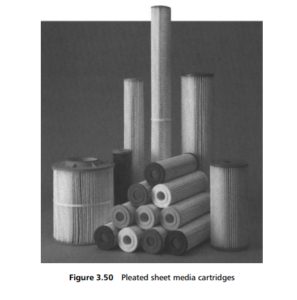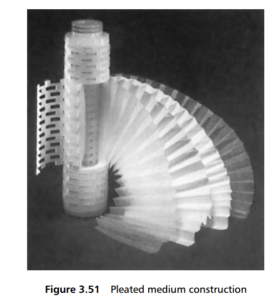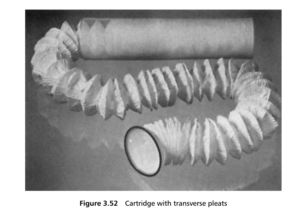0
-
An empty cart
You have no item in your shopping cart
envato-wordpress-toolkit domain was triggered too early. This is usually an indicator for some code in the plugin or theme running too early. Translations should be loaded at the init action or later. Please see Debugging in WordPress for more information. (This message was added in version 6.7.0.) in /var/www/wp-includes/functions.php on line 6121g5plus-darna domain was triggered too early. This is usually an indicator for some code in the plugin or theme running too early. Translations should be loaded at the init action or later. Please see Debugging in WordPress for more information. (This message was added in version 6.7.0.) in /var/www/wp-includes/functions.php on line 6121The thin media can be any material that may be produced in sheet form, but a flat sheet wrapped around the central core would not be a very efficient filter element, because the ratio of filtration area to housing volume would be too small. The available area can be greatly increased by pleating the flat sheet in concertina folds parallel to the element’ s axis – some pleated media cartridges are shown in Figure 3.50 .
Pleated media cartridges are a very popular form of filter element, being able to be manufactured from any sheet material with the required filtration efficiency that can stand the stresses of the pleating process without cracking. So they are available in:
● paper, both cellulose and glass
● woven fabrics, both mono and multifilament
● thin felts
● fleeces of nonwoven plastics, spunbonded and meltblown, and
● woven wire mesh, both plain and sintered.
Pleated cartridges are also produced with sheet membrane as the filter medium, but considerable care must here be taken to avoid cracking of the membrane along the folds of the pleats.

The actual medium in a pleated cartridge will have protective mesh (wire or plastic) on its inside and outside, the whole being further protected by a cylindrical perforated plate screen external to the pleats (Figure 3.51 ). This figure also shows the end-caps sealed to the top and bottom of the pleats to make a coherent filtering element.
As with any pleated medium, but especially so when the pleats are to be formed into a cylinder around the centre core, there is an optimum number of pleats per unit length of core circumference that can be installed, before the parts of the pleats
closest to the core become poorly used for filtration, either because the inter-pleat gaps get pinched closed, or because the pressure drop entailed in getting to the bottom of the pleat becomes too high. These factors then negate the benefits of the
extra filtration area created by the pleating. It may therefore be necessary to interleave the pleats with strips of corrugated material (with corrugations at right angles to the direction of the pleating) to keep the pleats apart.
An alternative means of avoiding the loss of filtration area by the pinching of the pleats at their inner fold is shown in Figure 3.52. Here, in a system developed by 3 M, the pleats are at right angles to the axis of the cartridge. Made from polypropylene, the finished element has up to more than 60% greater filtration area than a depth filter cartridge of the same volume.


The pleated cartridges are intended to work by surface filtration (hence the need for as much surface area as possible). If necessary a thin cake is allowed to form on the medium surface, so long as it does not fill the space between the pleats, and
the cartridge is changed or cleaned before this occurs. As the medium has a finite thickness, some penetration of particles into the depth of the medium is possible, and if these are not removed by cleaning (by backflushing or washing in an appropriate cleaning liquid), then eventually the medium will become blocked and need to be discarded.